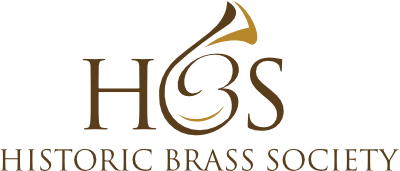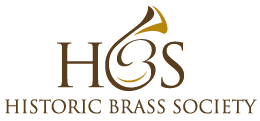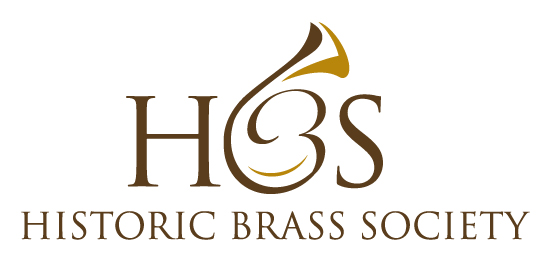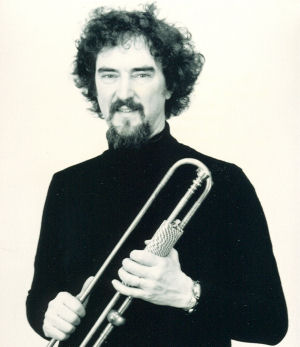
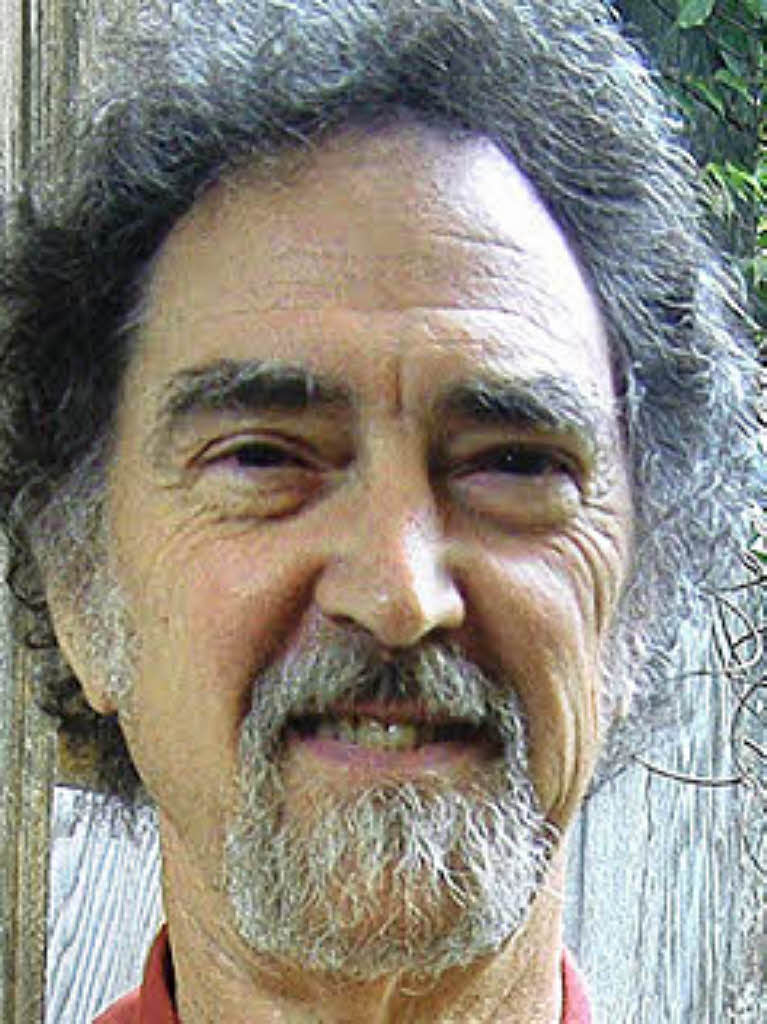 Edward H. Tarr (1936–2020), the pre-eminent baroque trumpeter of the twentieth century, has died at 83 following a period of illness. Tarr’s long career as a brilliant and expressive performer, a tireless scholar, and devoted teacher was of enormous influence in shaping the revival of historic brass instruments. His recordings and concerts stimulated considerable interest in the natural trumpet, an interest that he furthered with numerous editions of trumpet works, a rich body of pedagogical and musicological publication, and close work with the instrument makers Ewald Meinl and Rainer Egger in the reconstruction of instruments inspired by Wolf Wilhelm Haas, Hans Hainlein, and Johann Leonhard Ehe III. But crowning all of this was his beauty of sound and a highly cultivated sense of style that would entice and inspire generations of players and listeners throughout the world.
Edward H. Tarr (1936–2020), the pre-eminent baroque trumpeter of the twentieth century, has died at 83 following a period of illness. Tarr’s long career as a brilliant and expressive performer, a tireless scholar, and devoted teacher was of enormous influence in shaping the revival of historic brass instruments. His recordings and concerts stimulated considerable interest in the natural trumpet, an interest that he furthered with numerous editions of trumpet works, a rich body of pedagogical and musicological publication, and close work with the instrument makers Ewald Meinl and Rainer Egger in the reconstruction of instruments inspired by Wolf Wilhelm Haas, Hans Hainlein, and Johann Leonhard Ehe III. But crowning all of this was his beauty of sound and a highly cultivated sense of style that would entice and inspire generations of players and listeners throughout the world.
Long resident in Switzerland and Germany—Europe was the focus of his career and where he confessed to being most at home—he was also affectionately a native New Englander, born in Norwich, Connecticut in 1936. He was educated at Phillips Exeter Academy, Oberlin College, and Northwestern University, and was a trumpet student of Roger Voisin and Adolph Herseth. At Oberlin he studied musicology with Richard Murphy, a pupil of Leo Schrade, and at Murphy’s urging, Tarr moved to Europe in 1959 to study with Schrade at Basel, a move that was the beginning of his long European career. He subsequently earned the DPhil from Hamburg and also received the DMus, honoris causa from Oberlin.
As a teacher, Tarr was a long-time member of the faculty of the Schola Cantorum Basiliensis and the Musikhochschule in Basel; in 1985 he became the Director of the Bad Säckingen Trumpet Museum, as well. A prolific scholar, his writings show a close grasp of detail and invariably bear the stamp of a careful and tenacious researcher. His monograph, Die Trompete, has remained a foundational text for the history of the instrument since its first publication in 1977 and through three English editions. Known for wide interests as both a performer and scholar, Tarr also published East Meets West: The Russian Trumpet Tradition from the Time of Peter the Great to the October Revolution with a Lexicon of Trumpeters Active in Russia from the Seventeenth Century to the Twentieth in 2003, considerably expanding our historical perspective beyond the bounds of a familiar Western European view. Unsurprisingly, his publications on performance practice have been especially valuable to students and professionals alike, including his three-volume method, The Art of Baroque Trumpet Playing (1999), English translations of various treatises including the monumental 1795 Versuch by Johann Ernst Altenburg (1974; 1999), and (with Bruce Dickey) Bläserartikulation in der Alten Musik (2007).
In concerts and recordings he was impressively and equally at home on modern as well as historical instruments, and while best-known for his work in earlier repertories, he had a rich
association with the avant garde, particularly with works such as Mauricio Kagel’s “Acustica,” “Atem,” and “Morceau de concours,” and the eponymous TARR by Dexter Morrill. Performing widely with the Edward Tarr Brass Ensemble and in trumpet-organ duos with George Kent and later extensively with Irmtraud Krüger Tarr, his wife, Tarr was a key figure in introducing both the sound and techniques of historical trumpets, but also much of the repertory that players today might easily take for granted. In this regard, his recordings for Nonesuch in the 1970s—notably “The Art of the Baroque Trumpet,” and three volumes of “Baroque Masterpieces for Trumpet and Organ”—were particularly influential and beloved.
A number of significant awards came his way, among them the Historic Brass Society’s Christopher Monk Award, the Premio Cesare Bendinelli from the Accademia Filarmonica of Verona, and the Solistenpreis der Europäischen Kulturstiftung Pro Europa—but he also could claim the personal reward of a devoted and grateful following.
His performances linger easily in memory for he played with great personal flair but also with very finely tuned expressivity and a devotion to the art. No wonder then that his generous smile and the twinkle in his eyes would so naturally emerge whenever he had trumpet in hand.
The Society extends its deepest condolences to Irmtraud Tarr, and mourns the passing of this true master and beloved friend.
Steven Plank
